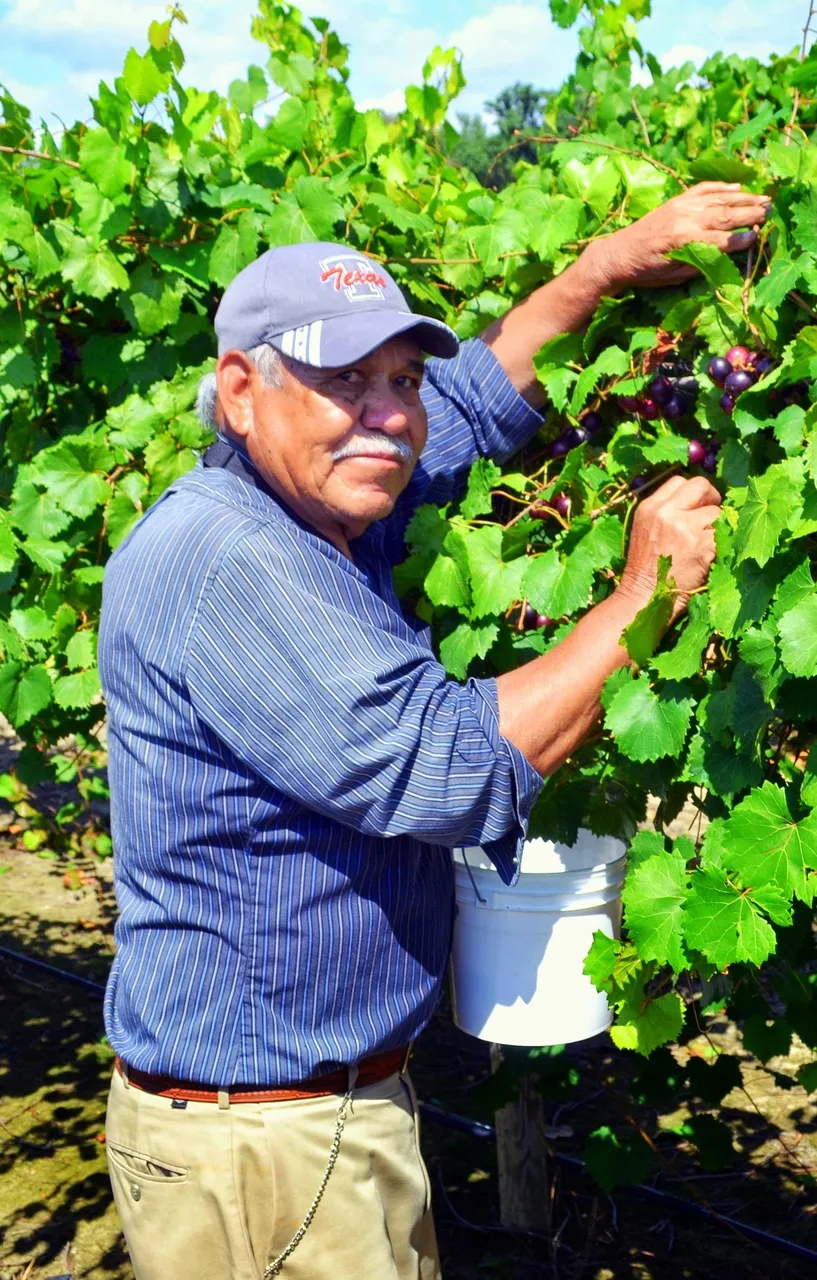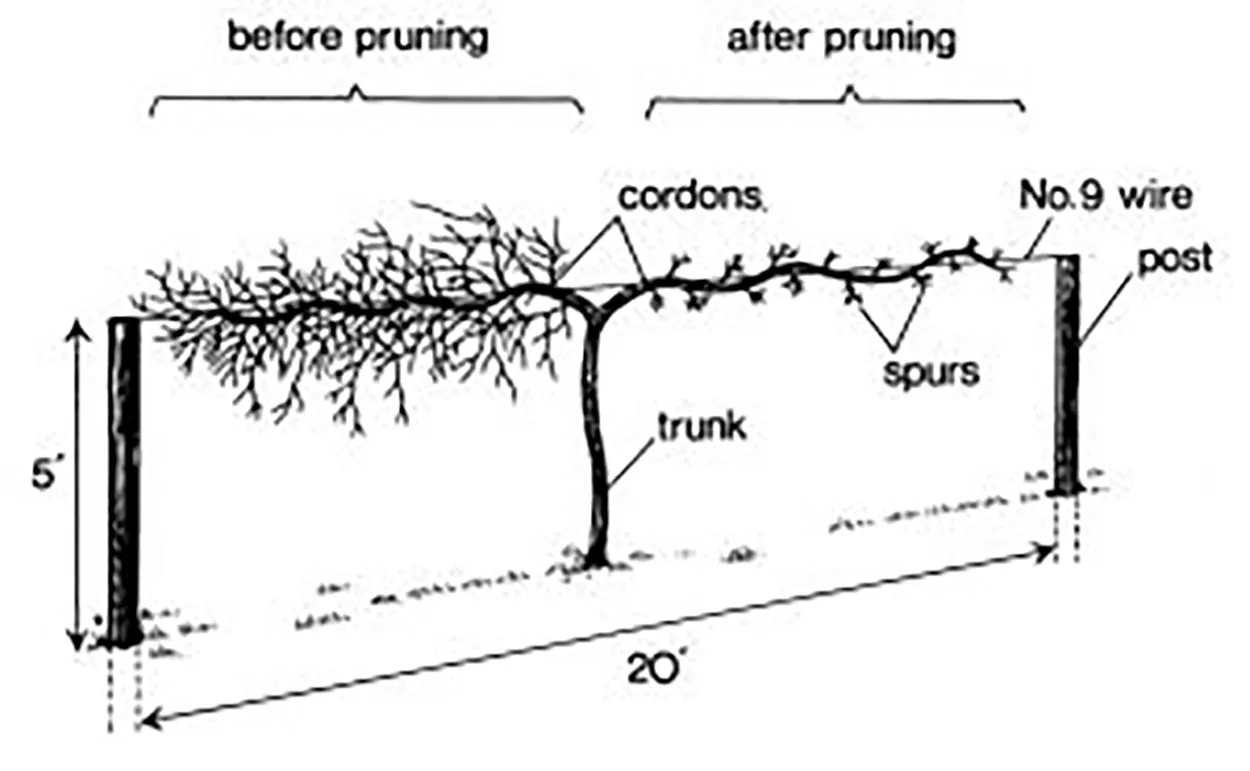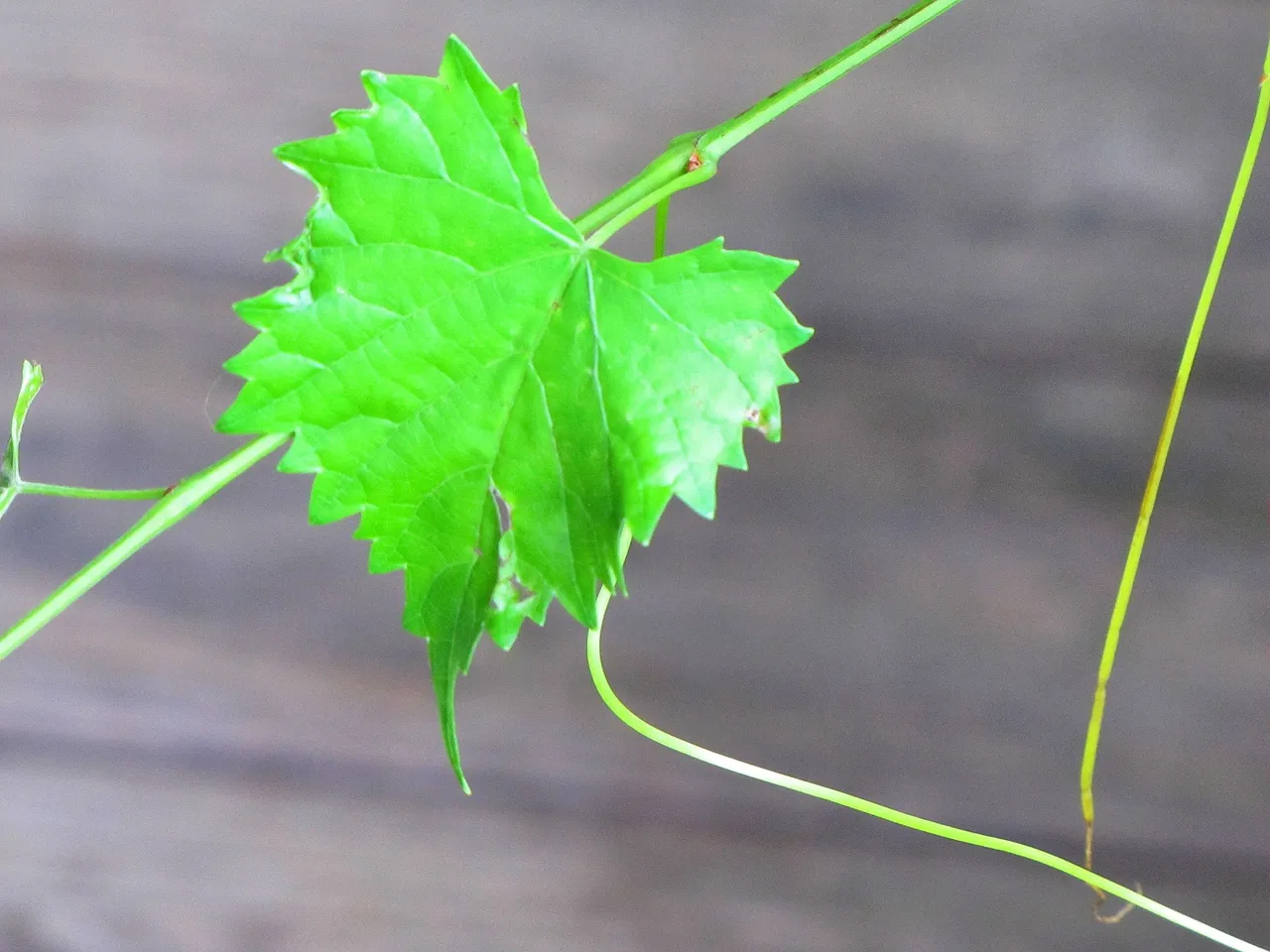Muscadines are often called the grape of the south. They are a variety of grape, that tends to grow mainly in the southern part of the USA. There are varieties that can grow a little further north, but there are grape varieties that can grow much further north. This article has information only on varieties of Muscadines, not grapes.
The botanical name of Muscadines is Vitis rotundifolia. All varieties of Muscadines originated from Vitis rotundifolia. Common names include but are not limited to: Bullace, Scuppernong, Southern Fox Grape. Related Species includes Summer grape, California Grape, American Grape, Fox Grape, River Bank Grape, Sand Grape, European Grape.
Main planting zones are 7 to 10, but it has been successfully grown up to zone 5, if you ensure the roots are heavily mulched before heavy frosts set in. Anyone living in zones further north than zone 5, would probably do better with a variety of grape that can handle temperatures down to 0 degrees.
Growing Conditions
To produce fruit, Muscadines require at least 6 to 8 hours of sunlight per day. They do not like soggy ground but they do need a good supply of water, especially when producing fruit. Too little water results in little to no fruit.
Before buying seeds or root stock you need to know…
There are two types of muscadines. One is called a female plant. The other is called self-fertile. Self-fertile varieties have flowers which contain both male and female parts. They do not require another plant to ensure pollination as they can pollinate themselves or female plants if they are within 50 feet of it.
It is best to either get root stock from a friend or purchase through a reputable seed dealer or nursery. Far too many of the sellers on Ebay have no idea what they are selling. Many moves onto some land and happen to find some muscadines growing on it. They have no idea how to tell if it is self-fertile or a female. In their mind, it made muscadines so it is fertile. That may not be true.
They do not understand that the other muscadine plant they found 30 to 40 feet away is the ONLY reason that plant has fruit. If you purchase seeds from it, they will not produce fruit until you plant a self-fertile within 50 feet.
Also, many of the people selling muscadine seeds have no idea they must be chilled for about 3 months before planting or they will not grow. They simply pick the muscadines, clean the seeds, dry and sell them. If a seller cannot tell you if they have been chilled, don’t waste your money. If they say they have been chilled a short period of time, make sure you have enough time to chill them yourself before time to plant.
There are two basic colors of female and self-fertile. There are many shades within these colors but it is important to understand how to colors interact with each other.
From Ison nursery:
• Self-fertile muscadine varieties do not cross pollination and produce fruit on their own.
• A bronze female can be pollinated by a black self-fertile and a black female can be pollinated by a bronze self-fertile.
• Wherever you have a female muscadine planted you must have a self-fertile of the proper color within 50 feet.
• Self-fertile varieties produce fruit that generally is not as large as female varieties but are very delicious in flavor.
• One self-fertile variety can pollinate up to three females.
• Keep in mind that female varieties will not produce fruit without proper pollination by a self-fertile variety.
Different varieties have different uses
If all you are looking for a muscadine to ensure a supply of fruit, most any variety will filled your needs. Some have sweeter fruits, some are larger fruits, some are black fruit (deep purple) some are bronze color. Some varieties have been developed specifically to use in wine making. Some varieties survive down to 10 degrees, while others would need to be mulched at that temp.
Decide on a variety that best suits what you want and need in your plant and order accordingly. Also note: Rarely will a newly planted muscadine vine produce fruit the first year. Under good growing conditions, they may produce fruit the second year. Some will not produce fruit till the third year. It all depends on the health of your seed/root, the exact growing conditions and how much sun they get.
What are Muscadines Used for?
From childhood I loved it any time we would find a muscadine vine growing nearby. No one had to worry about pesticides or pollution being on the fruit, so we would pick them, give them a quick swish in the nearby creek, just in case a bird did its business on them, and popped them into our mouths. They were delicious no matter what type of vine it was. Heck, we didn't even realize there were many types. All we knew is they tasted wonderful!
The two main things people use them for is making wine and jelly. But they can be used like any other fruit. Pies, Cakes, Cobblers, Stuff a Chicken with them, syrups, ice cream, cheese cake, heck I even saw someone who made muscadine mojitos out of them. If you can make it from a normal everyday fruit, you can make it from muscadines.
How to prune Muscadine vines
To ensure the best growth and fruit production, vines should be pruned every year. Usually they are pruned during January to February. You should cut back all the prior years growth up to where the new growth bud is coming in.
See the image below. It is not mandatory that you stake them on 8-foot posts with wires. It is possible to run them on a fence if it gets enough sunlight. In some cases, you can run a wire from one tree to another and allow them to grow that way.
The image below shows the parts you should leave. Everything else should be pruned away.
Seed Bombs and Wild Seedings
Muscadines are a great fruit to use in seed bombs to be thrown into bright, sunny fields. Just make sure the area is not too wet and toss them near bushes or fences so they will have something to grow on.
Don’t worry if they are in an area where they will not get pruned each year. Muscadines will still produce some fruit for many years, even without pruning. It may not be as heavy of production, but there will still be plenty. Plus in the wild, as the seeds are eaten by birds and spread through their droppings, you could end up seeding the entire field, long before the original plant stops producing from being too far overgrown.
This can also attract other wildlife, especially more deer to an area. While might not want to eat Bambi now. In a survival situation, Bambi might save you and your family’s life.
Some thoughts on Survival Issues
In a survival situation, sources of sugars will be one of the harder one to find. While there may be may sweet fruits that grow well in the USA, each has its own pros and cons. For instance Apple trees grow just fine in many parts of the country but unless you are very tall, you will be unable to reach the majority of the fruit without a ladder. Muscadines are runner vines, but in the wild, they usually don't get more than 4 to 6 feet tall, allowing you to reach the vast majority of the fruit from the ground.
Even if you are a teetotaler, learning how to make muscadine wine now can be a tremendous help in a zombie invasion. It is a product you can use to trade for other items you need and if a much larger gang is robbing everyone in the area, they will probably let you live and might leave you and your family alone if you agree to provide them with wine.
Most Commonly Known Self-fertile Varieties
• Carlos
• Cowart
• Creek
• Dixie red
• Fry seedless
• Granny Val
• Hal
• Ison
• Lane
• Late Fry
• Magnolia
• Noble
• Pineapple
• Southland
• Tara
• Triumph
Female Varieties
• African Queen
• Big Red
• Black Beauty
• Black Fry
• Darlene
• Early Fry
• Higgins
• Hunt
• Janet
• Jumbo
• Pam
• Scuppernong
• Sugargate
• Summit
• Supreme
• Sweet Jenny
I hope this information allows you and your family to become better prepared no matter what happens in the future.
My other food foraging posts you might be interested in
Can you grow beans from grocery store dried beans
Purifying water with calciumhypochlorite
Foraging wild acorns
Foraging tips from wild animals
Edible Daylilies
Foraging Wild Edible Purslane
Edible Perennial Ground Nut
Fermenting Wild Greens
Food foraging plantain weed for food and medicine
Arugula a wonder food that self sows
garlic a must have for any survival garden
how to make diy garlic oil
One big beautiful camellia bloom
food foraging chicory
food foraging flowers you can eat
Pine Needle Tea
Borage
Cattails
Wild and Mock Strawberries
Seed Bombs
Clover
Fried Dandelion Flowers Recipe
Dandelions
Food Foraging 101 – part 1
Food Foraging 101 - part 2
Food Foraging 101- part 3


